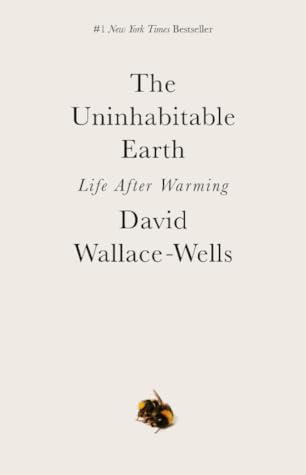More on this book
Community
Kindle Notes & Highlights
Read between
August 12 - August 14, 2022
In just the last forty years, according to the World Wildlife Fund, more than half of the world’s vertebrate animals have died; in just the last twenty-five, one study of German nature preserves found, the flying insect population declined by three-quarters. Species individuated over millions of years of evolution but forced together by climate change have begun to mate with one another for the first time, producing a whole new class of hybrid species:
dramatic effect of carbon dioxide on human nutrition unanticipated by plant physiologists: it can make plants bigger, but those bigger plants are less nutritious.
Since 1950, much of the good stuff in the plants we grow—protein, calcium, iron, vitamin C, to name just four—has declined by as much as one-third,
In 2018, a team led by Chunwu Zhu looked at the protein content of eighteen different strains of rice, the staple crop for more than 2 billion people, and found that more carbon dioxide in the air produced nutritional declines across the board—drops in protein content, as well as in iron, zinc, and vitamins B1, B2, B5, and B9.
At present, more than a fourth of the carbon emitted by humans is sucked up by the oceans, which also, in the past fifty years, have absorbed 90 percent of global warming’s excess heat. Half of that heat has been absorbed since 1997, and today’s seas carry at least 15 percent more heat energy than they did in the year 2000—
the simple introduction of E-ZPass in American cities reduced both problems, in the vicinity of toll plazas, by 10.8 percent and 11.8 percent, respectively, just by cutting down on the exhaust expelled when cars slowed to pay the toll.
Ninety-six percent of the world’s mammals, by weight, are now humans and their livestock; just four percent are wild.


